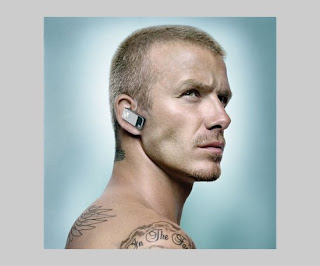CLASSICAL CONDITIONING:
Classical conditioning states that if a stimulus is introduced and it causes some type of emotional response, when we introduce a second stimulus that does not cause an emotional response, the second stimulus will result in the same emotional response as the first.
Therefore, when the cell phone is introduced as the first stimuli, an individual responds in a positive manner because the cell phone will offer them the ability to stay connected, communicate, with others while they are driving. The second stimuli, the headset, when introduced, and if it repeatedly paired with the cell phone, will eventually produce the same positive response.
Cell Phone = Positive Response
Classical conditioning states that if a stimulus is introduced and it causes some type of emotional response, when we introduce a second stimulus that does not cause an emotional response, the second stimulus will result in the same emotional response as the first.
Therefore, when the cell phone is introduced as the first stimuli, an individual responds in a positive manner because the cell phone will offer them the ability to stay connected, communicate, with others while they are driving. The second stimuli, the headset, when introduced, and if it repeatedly paired with the cell phone, will eventually produce the same positive response.
Cell Phone = Positive Response
Headset = Positive Response
SUBLIMINAL MESSAGES:
Subliminal messages are used to influence people. These messages are embedded in advertisements and traditionally they have been used to get the consumer to buy products. If somehow subtle images, were included in conventional cell phone advertisements, would the consumer's unconscious mind be influenced? Could subliminal messages after being viewed by an individual who uses the cell to stay connected with others while driving, somehow help change that behavior?
REPETITION:
When people see an ad pairing a product with something positive, the association will be very strong. So, if using the cell phone while driving is reptetively paired with danger, car crashes, and lost of life on our highways, that pairing should be very strong. It should help those of us who use the cell phone while driving change our behavior. So far, this has not been the case. Perhaps ad campaigns, and stronger messages need to be "louder", and front and center so that all get the message.







